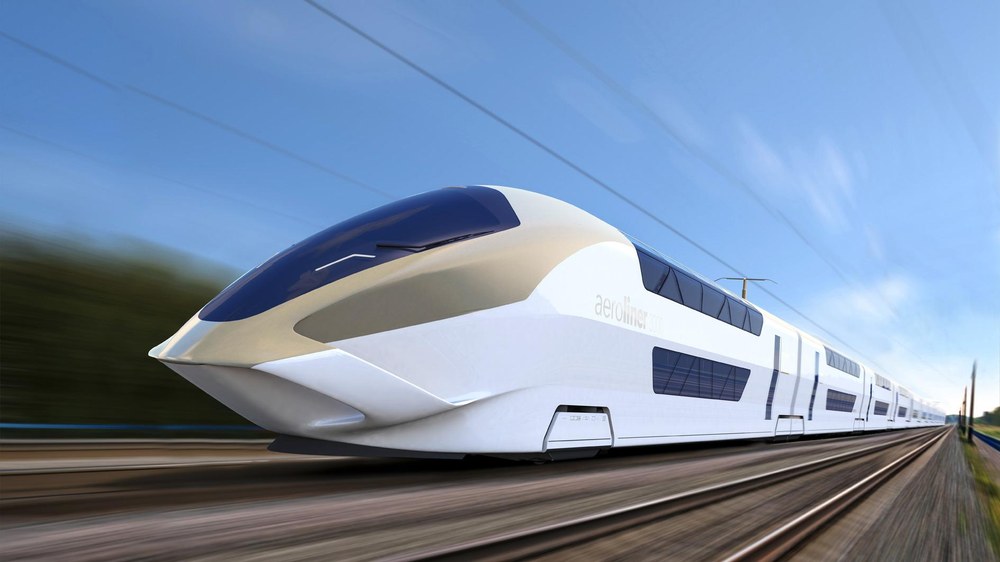DLR at InnoTrans 2016: 'Talking' rails, an innovative crash concept and the train design of the future
Researchers from the German Aerospace Center (Deutsches Zentrums für Luft- und Raumfahrt; DLR) will be showcasing current research projects with the objective of making rail transport faster, more efficient, safer and more comfortable at InnoTrans, the world's largest trade fair for train and transport technology. The fair will be held from 20 to 23 September in Berlin. The 110-square-metre DLR stand (Hall 2.2, Number 405) will take visitors on a journey to the future of train travel thanks to interactive exhibits, scale models and other highlights. The work focuses on the rail vehicles of tomorrow as well as on the technical, operational and commercial aspects of a revolutionary rail system.
Rail2X: When the rails ‘talk’ with the road
It is not just cars that will be smart in future – tomorrow's trains will also communicate with each other and their surroundings. DLR will show how this works using a car driving simulator: the train informs the next rail crossing of its approach. Simultaneously, car drivers are shown a warning in their dashboards, enabling them to respond quickly. This will help put an end to situations in which trains are overlooked at railway crossings, and will hence prevent many serious accidents. The 'Rail-to-X' technology also allows travellers to notify an approaching train that they would like to embark by using their smartphones or a special button installed on the platform. If the train does not receive any notification, it can pass without stopping, saving time and energy costs.
Innovative crash concept for tomorrow's trains
Train collisions can have devastating consequences – even at low speeds. This prompted DLR scientists to develop an innovative crash concept within the Next Generation Train (NGT) project. It works on the basis of special crumple zones located outside the passenger areas. They crumple in a controlled manner in the event of collisions, therefore absorbing a large proportion of the energy released during a crash. The metal crash structure is built as a supporting element of the locomotive and therefore follows the principle of functional integration for lightweight construction. At its stand, DLR will present a 1:1 scale model to demonstrate this crash structure, which was successfully tested on a special crash track system in spring 2016.
Almost like flying: AeroLiner3000
At its stand, DLR will present the innovation project AeroLiner3000, developed in collaboration with the architectural and design office Andreas Vogler Studio and supported by the British Rail Safety and Standards Board (RSSB). Thanks to its reduced width and height, the double-decker, high-speed locomotive is able to travel many of the current British routes, increasing line capacity at a fraction of the costs otherwise needed to expand the network. Moreover, the innovative lightweight construction and revolutionary design have the potential to enable substantially quieter and more energy-efficient train travel compared with current models. The nine-metre, 1:1 scale model demonstrates the feasibility, ergonomics and aesthetic appeal of the AeroLiner3000.
Technologies for the future of rail transport
Other highlights within DLR’s rail transport research include new methods and tools to exploit Big Data for the rail system. Tailored sensors on conventional trains allow the rapid, inexpensive and flexible collection of data, which is then evaluated by means of intelligent algorithms. For example, maintenance and servicing can switch from being performed at fixed intervals to being needs-based and preventive. In addition, under the term 'dynamic coupling', DLR is presenting a technology that allows the automatic, in-travel connection of carriages and locomotives to produce longer units, which then separate again as necessary. Here, the individual carriages communicate with each other and couple only in a virtual sense instead of mechanically.



